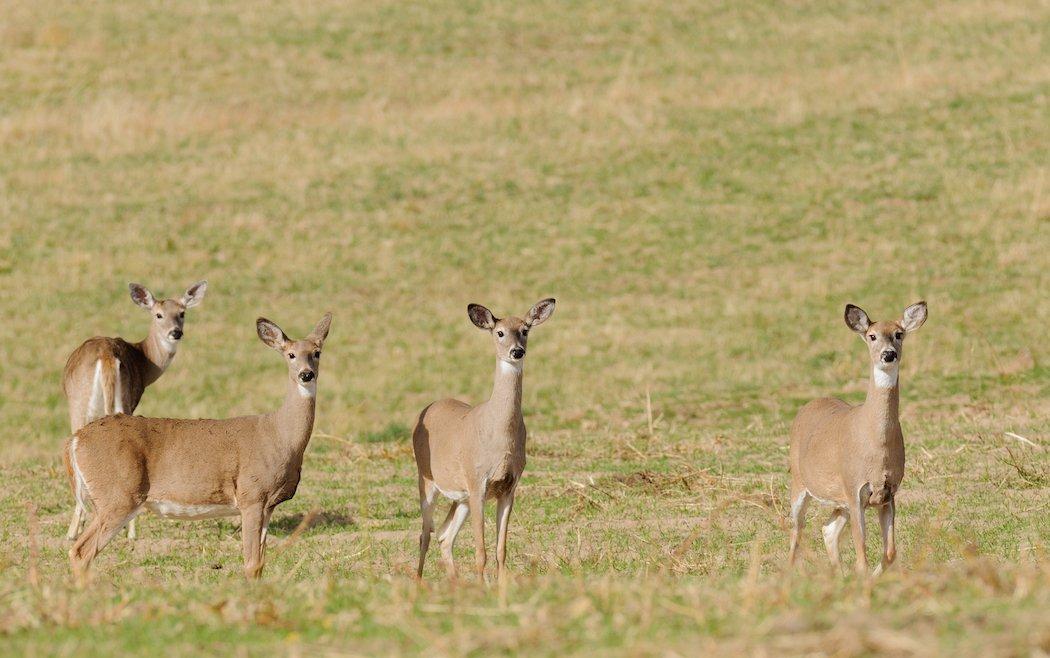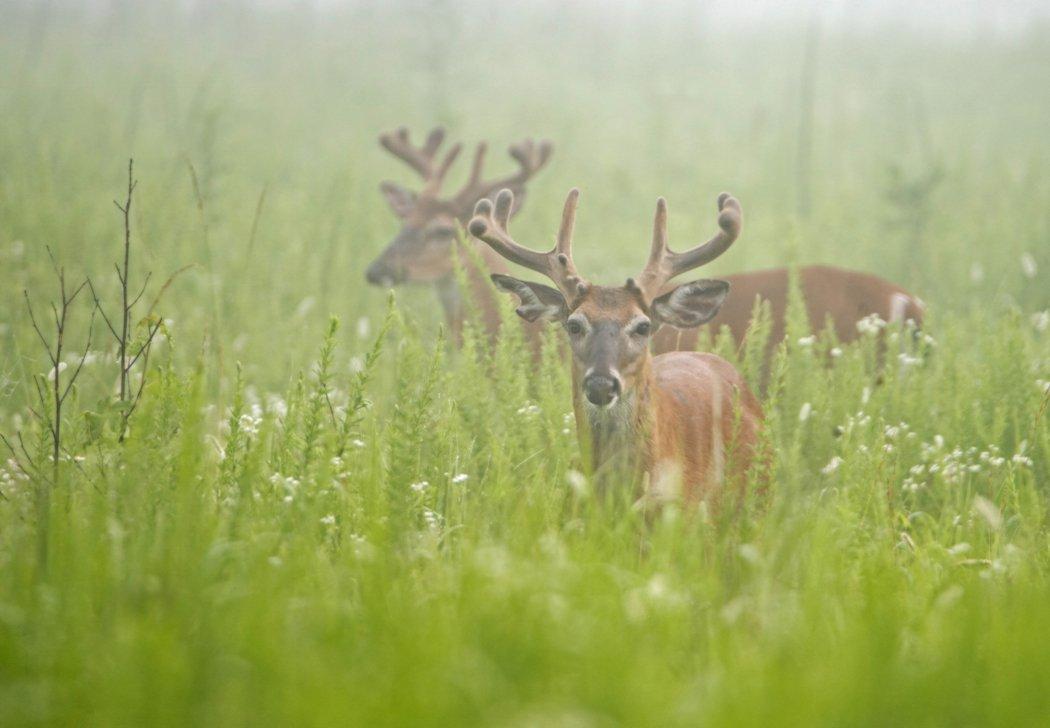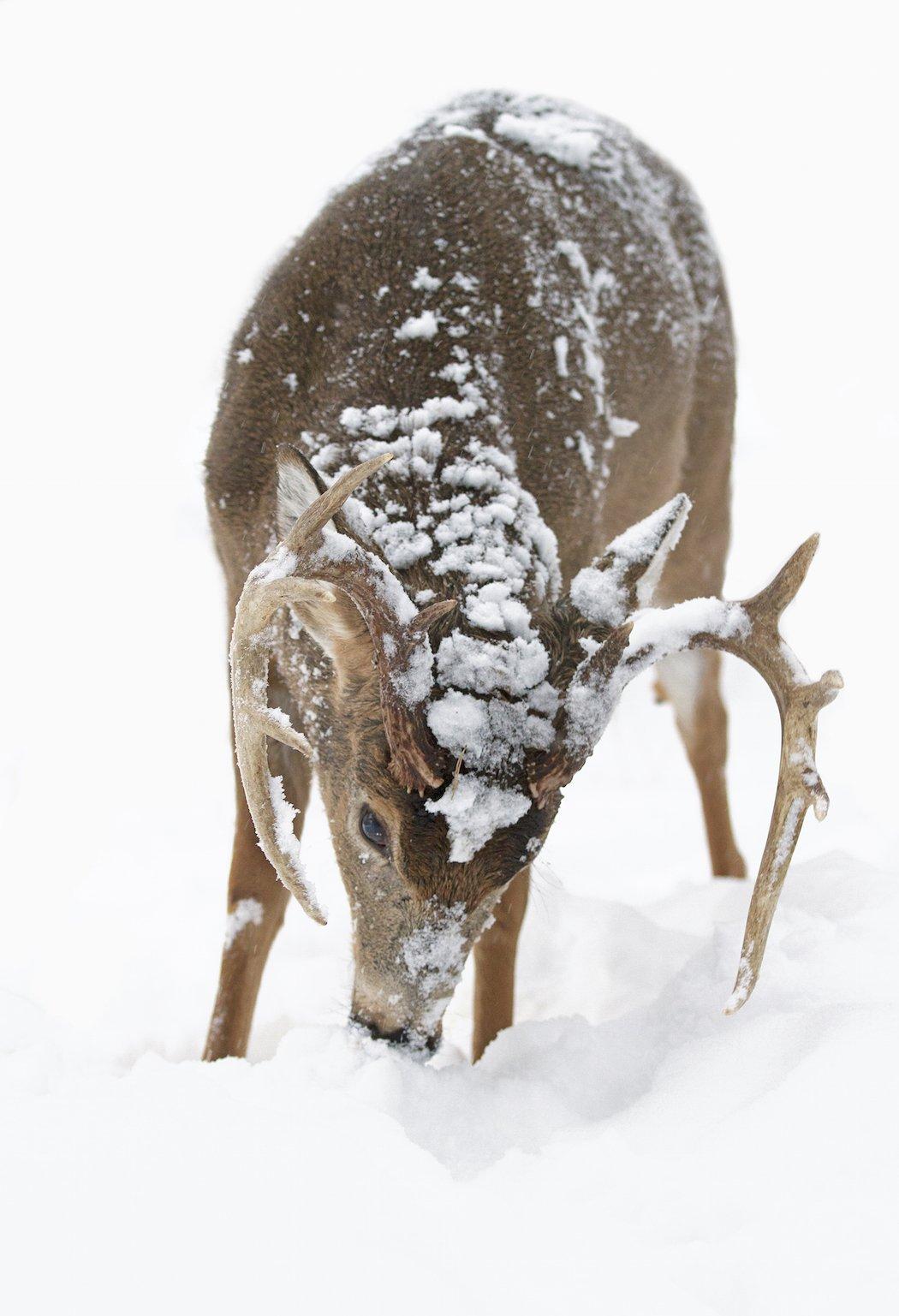Signs That Your Property Needs QDM
Quality Deer Management (QDM) is a concept of wildlife management. In short, the QDM approach seeks to produce the optimum health of deer populations by protecting young bucks, establishing an appropriate sex ratio, and keeping the population in balance with its available habitat. A primary tool for all these goals is the selective harvest of individual animals.
Tools and Resources
The white-tailed deer has been considered an important natural resource by all humans who have shared its habitat. To Native Americans, the whitetail was a staple food item, as it was to the early European immigrants. Further, deer hides were one of the earliest commercial exports from the New World.
Unrestricted hunting, including market hunting, and the clearing and settling of America's original forests greatly reduced the deer population. By 1900, an official U.S. survey estimated that less than 500,000 remained in the nation.
Slowly but surely wildlife conservation and effective management succeeded in restoring the decimated deer population and began to increase it. Today there are an estimated 30 million whitetails in the U.S. and it is the most popular big game animal in the country.
That's quite a turnaround. says Dr. Karl V. Miller, professor of wildlife management at the University of Georgia and a nationally respected deer management authority. Not surprisingly, Dr. Miller is one of the key players in the Quality Deer Management concept.
It speaks well of the success of restoration efforts, Miller continued. However, it also demonstrates the tremendous reproductive potential of this species, and perhaps we have been too conservative when it comes to managing deer populations.
What to Shoot and When
Basically, a huge wildlife population of any species is not necessarily a good thing. It can be a damaging thing.
Deer are a keystone species, Miller said, Or in other words, they can have important ecological effects in an area. An overpopulation of deer can not only damage the ability of an area to support deer but also affect the habitat conditions for a wide variety of other wildlife species.
Generations of hunters, raised on a strict creed of protecting female deer, perhaps loved their deer too much and overprotected them. By the closing decades of the 20th century, whitetail overpopulation problems loomed on the horizon.
Buck-only laws, meant to protect the productive does, served their purpose but soon started to cause harm. Sex ratios, the number of does relative to the number of bucks, became unnaturally skewed. In some areas there were five or so does per buck. The other side of this coin was that, with hunting pressure focused entirely on antlered males, very few bucks survived the first hunting season. Generally a buck becomes legal when he first displays hardened antlers at 1 years old. Surveys found that in many hardcore buck-only states, the whole antlered buck harvest contained 75 percent or more of juvenile bucks of 18 months.
Is QDM Right for You?
Under good conditions, a deer population can increase by about 1/3 per year. It doesn't take long for a poorly managed deer population to get out of control. When that happens, both the deer and their habitat suffer. Deer are selective feeders, eating the best quality food first. When a deer population gets too large for a given area, the deer consume the best foods and are soon reduced to less favored, less nutritious foods. Thus it is quite possible that an area which still looks lush with vegetation to the untrained eye is already seriously overbrowsed. The critical element is those missing quality food plants which have been replaced by plants of lesser or no value.
Quality deer management is not a panacea and many things should be considered before implementing QDM practices on your hunting land. If you answer yes to the following questions, QDM may be right for you.

- Is the habitat on your hunting property adequate to produce and maintain a healthy deer herd? If not, do you and your hunting companions have the funds, equipment, and commitment to manage and improve the habitat?
- Do the deer-hunting regulations in your state allow enough flexibility to manage your herd? Does your state wildlife agency encourage and assist landowners with management and allow adequate doe harvests?
- Are you and your hunting companions prepared to commit to a long-term (often five or more years) management program?
- Do you and your hunting companions understand the financial, time, and energy commitments and have realistic expectations regarding a QDM program?
When considering QDM, realistic expectations must be stressed. Management goals should be set with the potential of the local herd in mind. As a quality herd becomes established, it is important not to let expectations exceed the capabilities of the herd or habitat. Significant changes to deer herds and deer habitats do not happen overnight and often take several years to become obvious.
Except in areas with extremely harsh winters, over-populated deer, living on poor quality food and often too little of that, seldom experience dramatic die-offs. What is more common is a large population of small deer and a deer harvest mostly composed of poor quality with 18-month-old bucks — most commonly spikes.
This was an accurate description of white-tailed deer hunting in many areas of the U.S. in the last half of the 20th century. And this was exactly what the Quality Deer Management concept was developed to correct.
QDM has come a long way in the past quarter-century — from a concept to a widely accepted philosophy that is changing the way hunters think about their quarry.
According to Miller, It's a logical step for deer management and for deer hunters. We're no longer managing deer herds to produce the maximum numbers of deer for harvest. We're no longer 'mining' the resource, but attempting to manage a God-given resource for the benefit of both the hunter and the hunted.
Don't Miss: 7 Ways to Practice Quality Deer Management
Are you a deer hunter wanting to learn how to accomplish your goals? Check out our stories, videos and hard-hitting how-to's on deer hunting.








